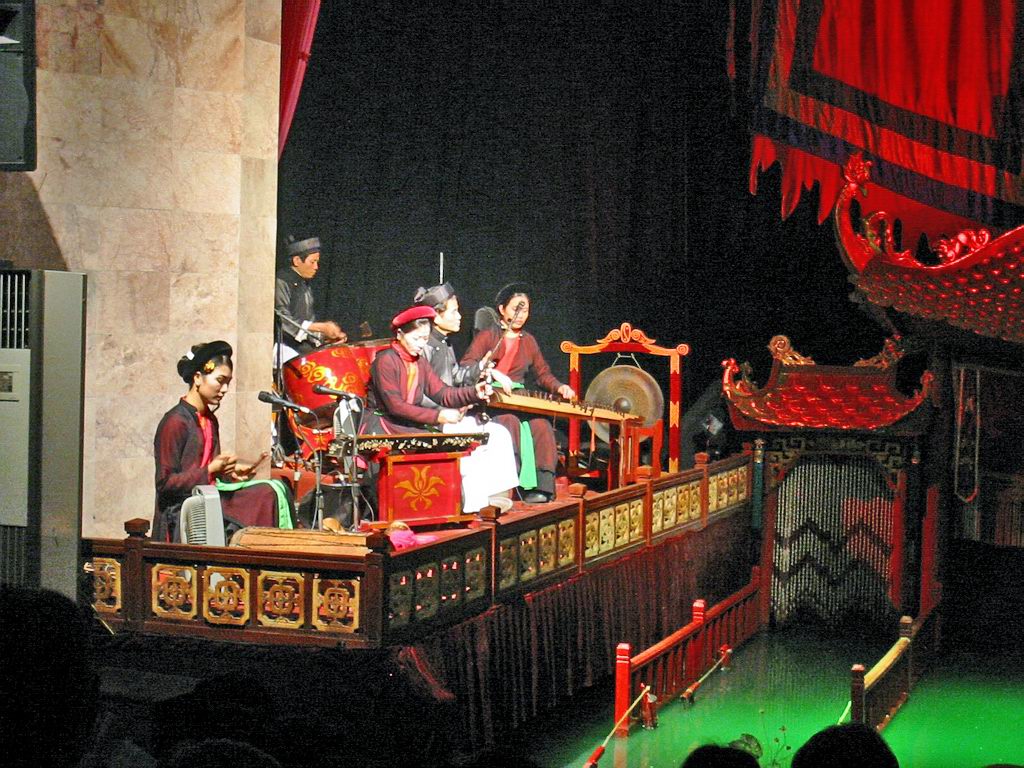This is a tale of two hydroelectric dams. Two dams far from each other, but either of which could produce the next great humanitarian crisis.
The first is the Mosul Dam, which stretches across the Tigris River in a valley north of Mosul, Iraq. As dams go, this one is a civil engineering horror. It has been captured by the Islamic State, also known as the Islamic State of Iraq and the Levant.
Should the two-mile-wide dam fail, which is likely, Mosul will be wiped out and the damage will extend to Baghdad. Loss of life could reach 500,000, and millions could be deprived of water and power. An immense catastrophe piled on the daily pain of Iraq.
The second dam, far away in Southern Africa on the Zambezi River, is the Kariba. This 55-year-old dam, by some measures, is the world’s second-largest. It was a civil engineering masterpiece and has held up well, given the spotty maintenance by its owners — Zambia, on the north bank and Zimbabwe, on the south bank.
If the Kariba Dam fails, as it is predicted to do in three years without repairs, surging water would rip a vast trench down the length of the Zambezi River on its route to the Indian Ocean. The wall of water would take out another giant dam, Cahora Bassa, in Mozambique. Loss of life could reach 3.5 million, with untold damage to wildlife. Central Southern Africa would lose 40 percent of its electric supply.
While the Mosul and Kariba dams are linked in their potential lethality, they are very different structures.
The Mosul Dam was a rush job, ordered by Saddam Hussein in the 1980s without regard to the engineering realities on the site. It is anchored in gypsum, which dissolves in water. So leaks in the foundation have to be plugged daily with “grout,” a mixture of cement and sand. The U.S. Army Corps of Engineers said the Mosul Dam is fundamentally the wrong structure for the location, and called it the “most dangerous dam in the world.”
Even with careful tending, the Mosul Dam is in danger. According to a report in The Wall Street Journal, many of the workers who have kept the dam going fled when the Islamic State arrived, and only one dedicated manager is known to have remained.
The United States spent $33 million trying to stabilize the Mosul Dam, but the money, according to an inspector general’s report, was largely wasted. Now the United States cannot bomb near the dam for fear of destabilizing it further.
Apart from general-maintenance issues, the Kariba Dam issues are a little simpler. When the dam was built between 1955 and 1959, it was planned that the river flow would be controlled though six sluice gates set in the wall. These empty into a plunge pool before the water flows downstream.
The trouble is that the plunge pool has grown from an indentation in the riverbed to a vast crater 285-feet-deep. There it swirls around with great force and is eroding the basalt rock on which the dam is anchored. The dam is eating itself alive. All the sluice gates dare not be opened at once, and have not been since 1966.
The fix is a mixture of blasting the plunge pool, so the water goes downstream without creating a whirlpool, and injecting grout — in the form of underwater concrete — to shore up the foundation.
A consortium of the World Bank, the European Union and the African Development Bank this month agreed to provide $250 million to save Kariba. Engineers say the work must be done in the next three years or it will be too late.
If Zimbabwe and Zambia can agree on the contracts and let them in time, work should begin next year. But in that part of the world, the only thing that moves fast is the Zambezi River. The future of Mosul Dam is anyone’s guess. — For the Hearst-New York Times Syndicate


